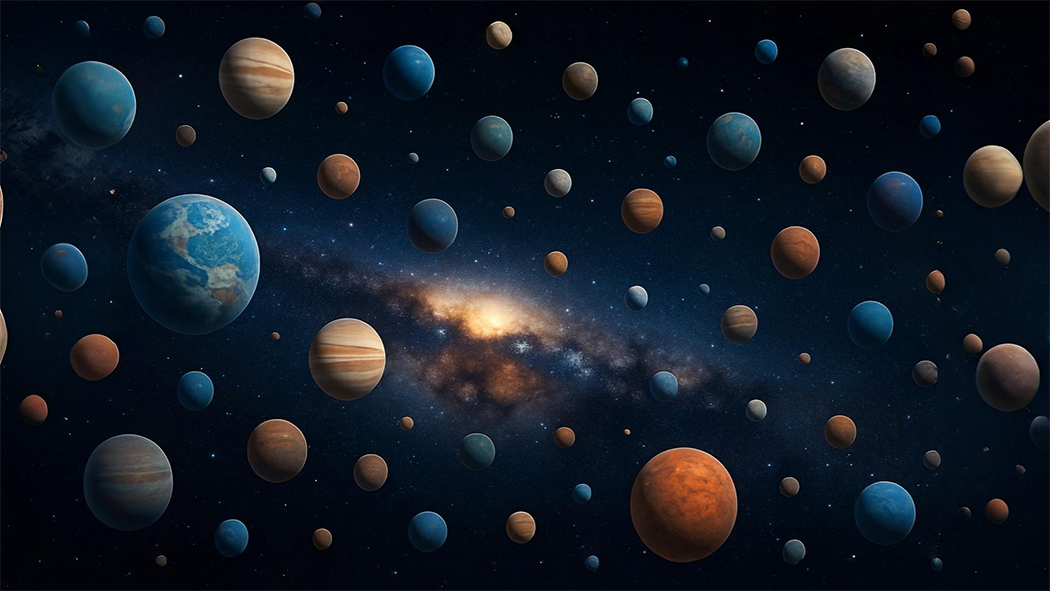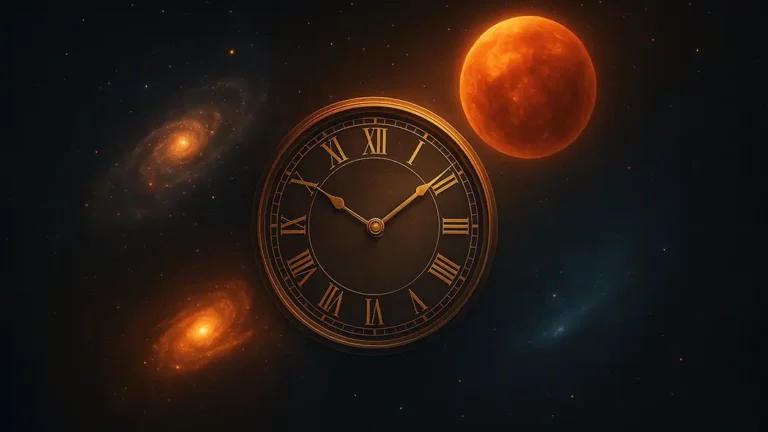When we look up at the night sky, we see stars. Some shine brightly. Some are faint.
Anyhow, we can see the stars but not the planets, except the ones in our solar system.
Scientists now believe that around many stars, there are planets. Some are big. Some are small. Some are rocky. Others are made of gas. But one thing is clear—there are a lot of them.
This brings up some big questions: How many planets are there beyond our solar system? How many planets are there in the galaxy? Our own galaxy, the Milky Way. And how many planets are there in all the galaxies?
The answer is surprising. Let’s explore.
To begin, we need to understand what a galaxy is.
What Is a Galaxy?
A galaxy is a giant group of stars. These stars are held together by gravity. Our Sun is one of the stars in a galaxy called the Milky Way.
The Milky Way is huge. It has over 100 billion stars. Some studies say the number may be closer to 400 billion. And many of these stars have planets around them.

What Counts as a Planet?
A planet is a large object that orbits a star. It must be round. It must be big enough for gravity to shape it into a ball. It must also clear other objects near its orbit.
There are different types of planets.
- Rocky planets like Earth and Mars
- Gas giants like Jupiter and Saturn
- Ice giants like Uranus and Neptune
Planets can be hot or cold. Some may have water. Some may not. But all of them count when we ask: How many planets are there in the galaxy?
How Many Planets Are in Our Solar System?
Let’s start with what we know. Our solar system has eight planets. They are:
- Mercury
- Venus
- Earth
- Mars
- Jupiter
- Saturn
- Uranus
- Neptune
Pluto used to be called a planet. Now it is a dwarf planet. There are other dwarf planets too.

If our Sun has planets, what about other stars? Scientists started to ask this question a long time ago.
The Discovery of Exoplanets
Planets outside our solar system are called exoplanets. For a long time, we did not know if they existed. But that changed in 1992.
In that year, scientists found the first exoplanets. These planets were orbiting a strange kind of star called a pulsar. Then in 1995, a planet was found around a Sun-like star.
Since then, the number of known exoplanets has grown fast. As of now, over 5,000 exoplanets have been confirmed.
This number is growing every year.
How Do Scientists Find Planets in the Galaxy?
Most exoplanets are too far away to see directly. They don’t shine like stars. They don’t give off their own light. But scientists have found clever ways to spot them.
Here are the two main ways:
1. Planet Shadows (Transit Method)
When a planet passes in front of its star, it blocks some light. This makes the star look a little dimmer. Scientists watch for this dip in light. If it happens again and again, a planet might be there.
2. Star Swaying (Wobble Method / Radial Velocity)
A planet pulls on its star. This makes the star move a tiny bit. It looks like the star is wobbling. We can measure this motion using special tools.
There are other ways too, but these are the most common.
The Kepler Space Telescope Changed Everything
In 2009, NASA launched the Kepler Space Telescope. It focused on one small area of space. It looked at over 150,000 stars.

Kepler found over 2,600 confirmed planets. It also found thousands of other possible planets. This gave us a better idea of how many planets might be out there.
What Did Kepler Reveal About Planets in the Galaxy?
Kepler showed us something amazing. Planets are not rare. They are very common. In fact, most stars seem to have at least one planet.
Some stars have many. Some may have whole systems, just like our solar system.
So, How Many Planets Are There in the Galaxy?
Now comes the big question. If most stars have planets, how many planets are there in the Milky Way galaxy?
Let’s look at the numbers:
- There are about 100 billion to 400 billion stars in the Milky Way.
- If most stars have planets, then there could be at least one planet per star.
- That means there could be 100 billion to 400 billion planets in our galaxy alone.
Some studies say the number could be even higher.
How Many Planets Are There in the Andromeda Galaxy?
The Milky Way is not the only galaxy. The closest large galaxy to us is called Andromeda.
It is very far away. But it is similar to the Milky Way. In some ways, it is even bigger.
So, how many planets are there in the Andromeda Galaxy?
Let’s look at the numbers:
- Andromeda may have even more stars than the Milky Way.
- Scientists think it could have around one trillion stars.
- If most stars have planets, there could be hundreds of billions of planets in Andromeda too.
We cannot count them yet. It is too far for our tools. But scientists believe it is likely filled with planets, just like our galaxy.
How Many Planets Are There in All the Galaxies?
Now let’s go even bigger. The whole universe is full of galaxies. Some are small. Some are huge.
If most galaxies have stars, and most stars have planets, the numbers get very large.
Let’s look at the numbers:
- There are about two trillion galaxies in the universe.
- Each galaxy can have billions or even trillions of stars.
- If most stars have planets, there could be more than a sextillion planets in total.
That is a number with 21 zeros. Like this: 1,000,000,000,000,000,000,000.
And that is just a guess. The real number could be even higher.
Scientists estimate the universe may have at least one star for every grain of sand on Earth. And maybe even more.
Are There Earth-Like Planets in the Galaxy?
Yes, there are. Not all planets are like Earth, but scientists are very interested in the ones that are. These are rocky planets, not too hot, not too cold. They are in the habitable zone—the area around a star where water could exist.
One big question is: How many Earth-like planets are there in the galaxy?
Kepler found that about 1 in 5 Sun-like stars may have an Earth-sized planet in the habitable zone.
This means there could be billions of Earth-like planets in the Milky Way.

Could Earth-Like Planets Have Life?
If there are so many planets, could some have life? That is a big question. We don’t know yet.
But if there are billions of planets, the chances go up. Life might not be rare. It could be out there, waiting to be found.
That is why we keep looking.
Future Planet-Hunting Missions
More telescopes are coming. New ones are being built. They will look deeper into space. They will search for smaller planets. They will check for signs of water, air, and maybe even life.
Some of these missions include:
- TESS (Transiting Exoplanet Survey Satellite)
- James Webb Space Telescope
- PLATO (Planetary Transits and Oscillations of stars)
Each one will help us understand more. They will discover new exoplanets, study their atmospheres, and look for signs of water and life.
Why Knowing the Number of Planets in the Galaxy Matters
You may wonder: Why do we care how many planets are there in the galaxy?
The answer is simple. We want to know if we are alone. We want to understand the universe. We want to learn where we came from.
Also, learning about planets helps us protect our own. Earth is our only home. Knowing more about other worlds helps us take care of this one.
Final Answer: How Many Planets Are There in the Galaxy?
Based on current studies, there are likely 100 to 400 billion planets in the Milky Way galaxy. This number includes all kinds—rocky, gas, hot, cold, big, and small. There maybe even more. New planets are being found all the time.
The night sky is not just full of stars. It is full of worlds.
Some may be like Earth. Some may be very different. But each one has a story to tell.
And we have only just begun to listen.




